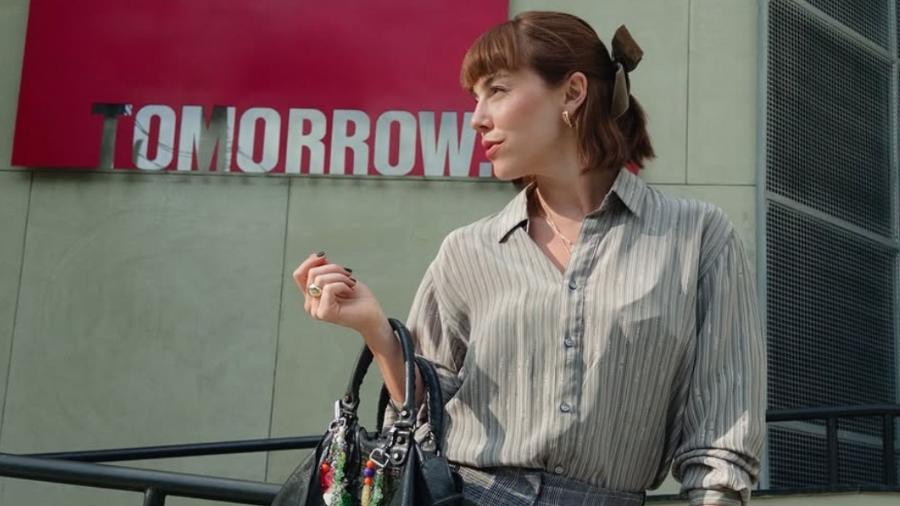Netflix anuncia elenco da série em live-action de 'Resident Evil'

Netflix anunciou, hoje, o elenco da série em live-action de "Resident Evil". Lance Reddick, da franquia "John Wick", apareceu entre os selecionados. De acordo com Variety, ele deve interpretar Albert Wesker.
Reddick é o primeiro ator negro a atuar como Albert Wesker. Além da franquia de "John Wick", aparece em obras como "Uma Noite em Miami" e "Invasão de Serviço Secreto".
Outros atores apareceram na lista: Ella Balinska, de "As Panteras", de 2019; Tamara Smart, de "Clube do Terror"; Siena Agudong, de "Upside Down Magic"; Adeline Rudolph, de "O Mundo Sombrio de Sabrina: Um Conto de Inverno"; e Paola Nunez, de "Bad Boys Para Sempre" foram escalados. No entanto, informações sobre os personagens que cada artista viverá ainda não foram divulgadas.
Em agosto de 2020, a Netflix anunciou a produção do live-action e a direção dos dois primeiros episódios da série: Andrew Dabb, de "Supernatural"; e Bronwen Hughes, de "The Walking Dead".
No total, serão oito capítulos de uma hora cada. Segundo sinopse do streaming, a história se ará quase três décadas após descoberta de um vírus mortal e revelará os segredos obscuros da Umbrella Corporation.
Sem data de estreia do live-action, os fãs da franquia podem assistir, em julho, a animação "Resident Evil: No Escuro Absoluto".
A história de "Resident Evil" se baseia em um vírus que transforma as pessoas em zumbis. No entanto, os protagonistas lutam para sobreviver.
"Resident Evil" surgiu em um game lançado em 1996. Em 2002, baseado no jogo, ganhou o primeiro filme estrelado por Milla Jovovich como Alice. A direção foi de Paul W. S. Anderson.

















ID: {{comments.info.id}}
URL: {{comments.info.url}}
Ocorreu um erro ao carregar os comentários.
Por favor, tente novamente mais tarde.
{{comments.total}} Comentário
{{comments.total}} Comentários
Seja o primeiro a comentar
Essa discussão está encerrada
Não é possivel enviar novos comentários.
Essa área é exclusiva para você, , ler e comentar.
Só s do UOL podem comentar
Ainda não é ? Assine já.
Se você já é do UOL, faça seu .
O autor da mensagem, e não o UOL, é o responsável pelo comentário. Reserve um tempo para ler as Regras de Uso para comentários.